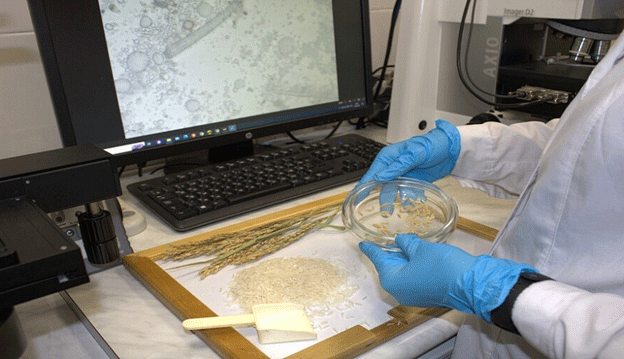Rice is one of the most widely consumed grains globally, referred to as the “bread” for billions of people, particularly in South and Southeast Asia, Africa, and Central America. Archaeological studies suggest that rice cultivation began approximately 10,000 years ago, solidifying its status as a cornerstone of nutrition. Acknowledging its vital role in food security, the Food and Agriculture Organization (FAO) declared September 20 as World Rice Day in 1950, emphasizing its significance to nearly half of the world’s population.
Rice Varieties and Their Characteristics
Rice belongs to the Oryza genus, with over 40,000 varieties differing in size, shape, color, and taste. It is primarily cultivated in over 100 countries, with Asia producing nearly 90% of the global rice supply. India and China are the largest producers, accounting for around 60% of the world’s rice output. Other significant producers include Indonesia, Bangladesh, and Vietnam. In Europe, Italy is the leading rice-producing country.
The unique characteristics of rice make it well-suited for cultivation in various soil and climatic conditions. Rice paddies, periodically flooded with water, leverage a specialized air-filled tissue called aerenchyma that enables the plant’s roots to obtain oxygen during submerged growth, as noted by Anatoly Bogachenko, an agronomist at the Novorossiysk branch of the Grain Quality Assessment Center.
Rice is classified into four macrocategories in Europe:
- Short-Grain: Ideal for sushi, includes varieties like Selenio and Yume.
- Medium-Grain: Used for soups and paellas, such as Bomba and Glava.
- Long-Grain A: Typically used for risottos, including varieties like Jari and Gang.
- Long-Grain B: Aromatic rice for salads and side dishes, such as Basmati and Jasmine.
Basmati rice, known for its unique aroma and texture, is particularly popular. It requires careful preparation to achieve the desired fluffiness, as described by Irina Demishchenko, a quality specialist at the Novorossiysk branch. Similarly, Jasmine rice, often used in Thai cuisine, is recognized for its iron content and low fat.
Rice Cultivation in Kuban
Kuban’s modern rice production is highly industrialized, utilizing advanced agricultural technologies and intricate irrigation systems. The region’s rice fields, established in the late 1920s, benefit from environmentally friendly practices and crop rotation, enhancing soil health and reducing the need for chemical fertilizers.
By 2023, Kuban farmers harvested over 682,000 tons of rice with an average yield of 70.2 quintals per hectare. This year, they have increased the area dedicated to rice cultivation by 7%, totaling 117,400 hectares. Popular varieties grown in the region include “Lider,” “Dieta,” and “Mars,” all of which exhibit high yield and adaptability.
Research and Quality Assessment
The research conducted at the Federal State Budgetary Institution “Center for Grain Quality Assessment” is pivotal for ensuring the quality of rice produced. In the 2024 crop year, laboratory specialists analyzed samples from over 102,000 tons of new harvest rice, confirming that all samples met the national quality standards.
In addition, the center has been instrumental in assessing rice for export, with significant quantities sent to Armenia and Turkey this year. Despite domestic production, Russia imports around 200,000 tons of rice annually, primarily due to economic considerations related to geographic distribution.
World Rice Day serves as a reminder of rice’s integral role in global nutrition and food security. The advancements in cultivation techniques, combined with rigorous quality assessment in Kuban, position the region as a leader in rice production. Continued research and sustainable practices will be vital in ensuring that rice remains a reliable food source for generations to come.
Error




